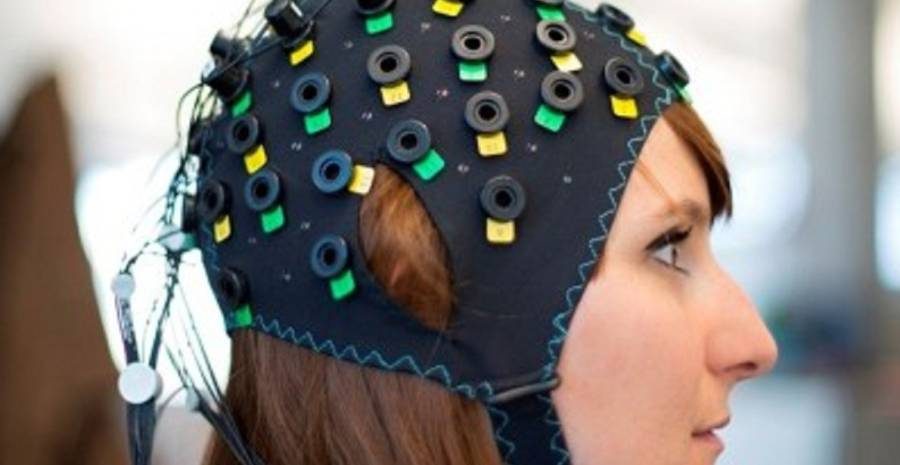An experiment with paralyzed patients that lacked voluntary muscle movement and could, therefore, not speak, recorded some inspiring answers via a “yes or no” brain-computer interface.
Some of them suffered from what scientists call locked-in syndrome (LIS), in which they are completely unable to speak or move. People with this condition are still aware of their surroundings but cannot communicate without the use of technology.
The patients who participated in the study answered some questions about themselves, some of them stating that they wanted to live, no matter what. The four subjects had become locked-in after suffering from amyotrophic lateral sclerosis or Lou Gehrig’s disease.
How does the brain interface work?
The brain-computer interface is the work of researchers at the Wyss Center for Bio and Neuroengineering in Geneva, especially neuroscientist Niels Birbaumer.
More than questions, he asked them to agree or disagree with certain statements. One of them was ‘I love to live.’ To this sentence, three of the four responded ‘yes.’ Another direct question read ‘Are you happy?’ and three of four again answered affirmatively.
The brain-computer interface resembles a swimming cap. It measures changes in electrical wave signals that come from the brain and ‘translates’ them via a technique called near-infrared spectroscopy.
The interface also regulates blood flow, which indicates if a person is aware, according to scientists. Neuroscientist Adrian Owen found in 2010 that changes in blood flow can help determine if an individual in a vegetative state is conscious.
Some of the disabled patients “spoke” with their relatives for the first time in as long as four years
After not being able to communicate with their loved ones, patient’s relatives finally found an answer to the most pressing questions they had. To test their awareness and conscience, doctors asked a set of control questions to the subjects, such as date and place of birth.
Patients with locked-in syndrome lose every muscular function, which also means that they rely on respirators to survive. Many of them receive a vegetative diagnosis (similar to being in a coma) until doctors find out that they are conscious but unable to speak or move.
Birbaumer hopes that their system will help diagnose locked-in people wrongly regarded as comatose. Some of these patients spend years without communicating because doctors believe that they are brain dead.
The patients that took part in this experiment had not spoken to their relatives in as long as four years. Researchers in the Netherlands estimate that there is at least one LIS case for every 150,000 patients in their country.
Source: BBC



